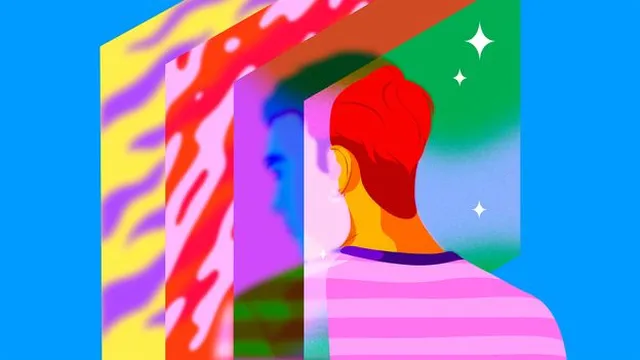
YouTube's algorithm hides a vast world of overlooked content
2025-04-23 16:37- Most videos on YouTube are not aimed at mainstream viewers, but serve niche communities.
- YouTube claims to allow access to videos with low views and content from smaller channels.
- Understanding the hidden content on YouTube is critical for a comprehensive view of the platform's impact on society.
Express your sentiment!
Insights
In recent discussions about YouTube, various experts have highlighted the platform's evolution from its amateur inception to its current status as a significant content creator space. Although touted as a new Hollywood, there is a hidden landscape that remains largely invisible to the average user, focusing primarily on popular content. Ryan McGrady, a senior researcher from the Initiative for Digital Public Infrastructure at the University of Massachusetts Amherst, emphasized the need to broaden our understanding of YouTube. He articulated that most conversations about the platform reflect a narrow perspective that neglects the millions of users who create and upload content outside mainstream visibility. A notable observation is that most YouTube videos are not meant for general visibility, resonating more with niche groups or specific communities. Contrarily to common belief, YouTube asserts that it does allow access to videos with lower views along with content from smaller channels, aiming to connect users with videos they find valuable. As of today, there are millions of videos on the platform that fall under this category, evidencing a stark dichotomy between popular content and the plethora of lesser-known uploads. In South Asia, for instance, platforms like YouTube serve an essential role as a video messaging tool for people who may have low or no literacy skills. This facet demonstrates how expressive and functional YouTube has become as a communication medium, extending beyond the typical viewership and into diverse uses that transcend geographic and educational barriers. An analysis of YouTube data from 2017 noted that for every 10,000 views, 63 to 72 came from content violating YouTube policies. Remarkably, this figure has reduced significantly, dropping to eight to nine views as the company has worked on refining its algorithms and policies. McGrady suggests that while it is indeed possible to find content that violates these policies, it remains an unusual occurrence compared to the content hosted across the entire platform. Overall, this evolution and the growing engagement with varied content emphasize the importance of understanding how people utilize the web today, suggesting a return to the essence of early internet exploration.
Contexts
YouTube has emerged as a vital platform for global communication, shaping the way information is disseminated and consumed across different cultures and societies. Launched in 2005, YouTube allows users to upload, share, and view videos, fostering an unprecedented level of interaction among users worldwide. With over two billion monthly active users accessing content in over 80 languages, YouTube acts as a powerful channel for expression, helping to bridge gaps between diverse communities. Through its flexibility and reach, the platform enables individuals, organizations, and governments to share their messages broadly and directly, bypassing traditional media gatekeepers. This democratization of content creation and distribution has significant implications for free speech and the exchange of ideas, contributing to a more informed global citizenry. The influence of YouTube on global communication is evident in its role during critical events such as social movements and humanitarian crises. Users have utilized the platform to document protests, raise awareness about social issues, and mobilize support for various causes. Notably, during the Arab Spring, activists and citizens shared real-time footage of protests, which garnered international attention and solidarity. YouTube’s ability to provide a platform for diverse voices has empowered marginalized communities, allowing them to challenge mainstream narratives and share their stories with an expansive audience. Consequently, this has led to the rise of citizen journalism, with ordinary individuals acting as reporters and influencers, altering the landscape of news and information dissemination. However, the vastness of YouTube also presents challenges, particularly concerning misinformation and content moderation. The open nature of the platform enables the rapid spread of both accurate and false information, which can lead to confusion, polarization, and even dangerous outcomes. In response, YouTube has implemented policies to combat misinformation, including fact-checking partnerships and the promotion of credible sources. Despite these efforts, the sheer volume of content uploaded daily complicates the challenge of ensuring trustworthy information is accessible. This highlights the necessity for critical media literacy among users, enabling them to navigate the complexities of content online and discern the reliability of the information they encounter. As we move further into the digital age, YouTube will likely continue to play a pivotal role in shaping global communication. The platform's evolving features, such as live streaming and community engagement tools, will enhance its effectiveness as a medium for connection. Additionally, the increasing integration of technology, such as artificial intelligence and machine learning, may further transform how content is curated and delivered to users. Ultimately, YouTube serves not only as an entertainment source but as an essential tool for global dialogue, fostering understanding and collaboration in an interconnected world.